Ireland is a country in northern Europe. It shares the island it is on with Northern Ireland, part of the United Kingdom.
Ireland is surrounded by the Atlantic Ocean and the Irish Sea.
The land is mostly flat inland with rugged hills and low mountains in the east and sea cliffs on the west coast
The geographical coordinates for the centre of Ireland, also known as lines of latitude and longitude, are:-
Latitude - 53 00N
Longitude - 8 00W
The capital of Ireland is Dublin.
Ireland is a parliamentary republic with a president as head of state and a prime minister as head of the government.
In elections everyone over the age of 18 can vote.
The currency in Ireland is the euro. Ireland is a member of the European Union, having joined in 1973.
English and Irish (gaelic) are the official languages.
Check the weather in Dublin now.
This is the time in Dublin now








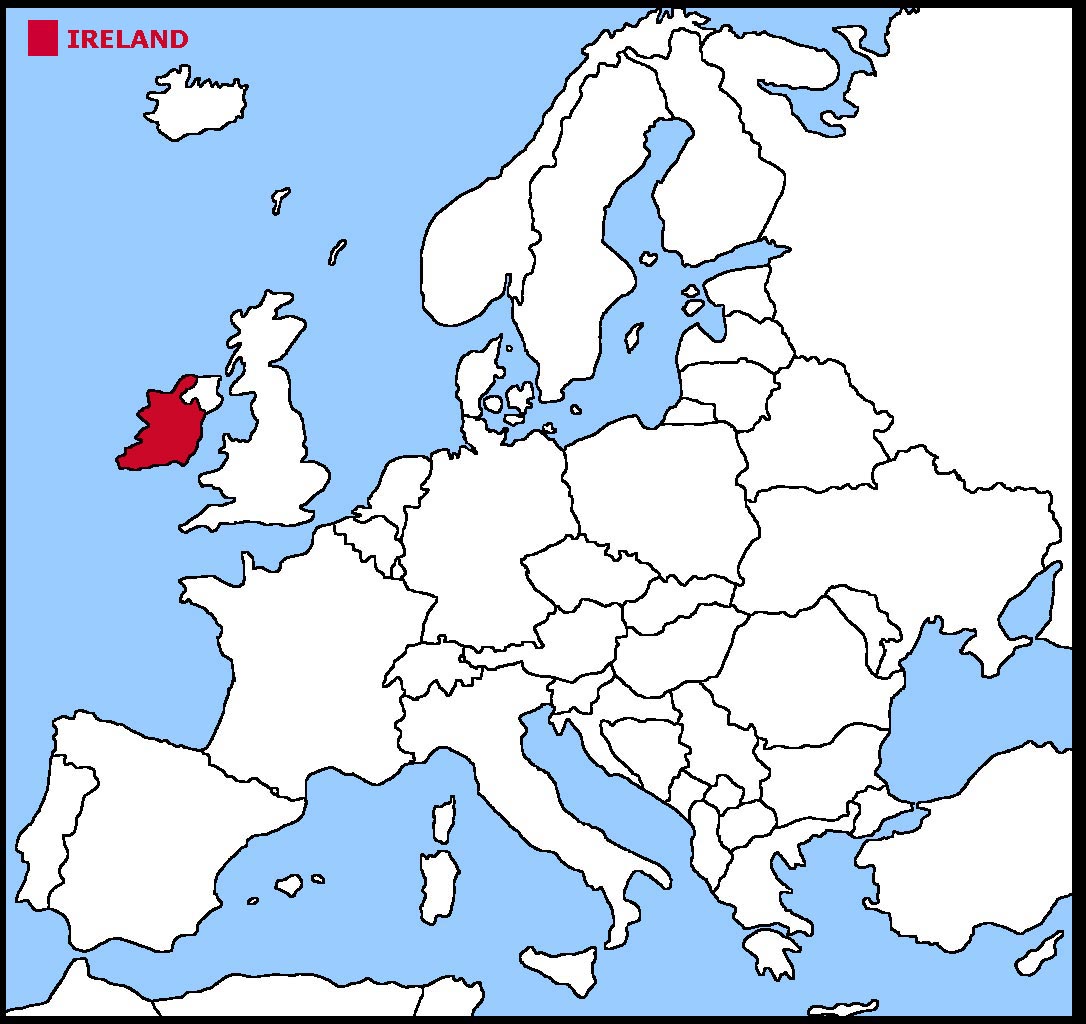

 The Irish flag is three equal vertical
stripes of green, white, and orange. Officially the flag colours have no meaning, but a common interpretation is that the green represents the Irish nationalist
(Gaelic) tradition of Ireland; orange represents the Orange tradition (minority supporters of William of Orange); white symbolizes peace (or a lasting truce)
between the green and the orange
The Irish flag is three equal vertical
stripes of green, white, and orange. Officially the flag colours have no meaning, but a common interpretation is that the green represents the Irish nationalist
(Gaelic) tradition of Ireland; orange represents the Orange tradition (minority supporters of William of Orange); white symbolizes peace (or a lasting truce)
between the green and the orange


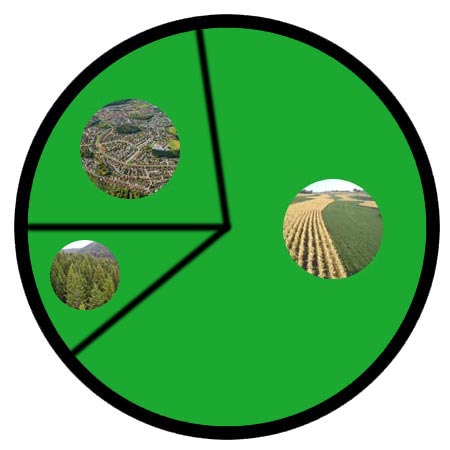

 Each little Owlbut is 1 person and
the big yellow rectangle is 1 sq km. After a while you can compare countries and see which ones are the most crowded. Remember it is only an average as
more people live closer together in towns and cities than in villages out in the country.
Each little Owlbut is 1 person and
the big yellow rectangle is 1 sq km. After a while you can compare countries and see which ones are the most crowded. Remember it is only an average as
more people live closer together in towns and cities than in villages out in the country.
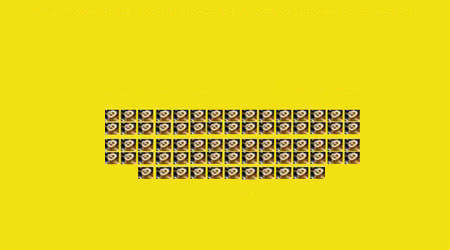

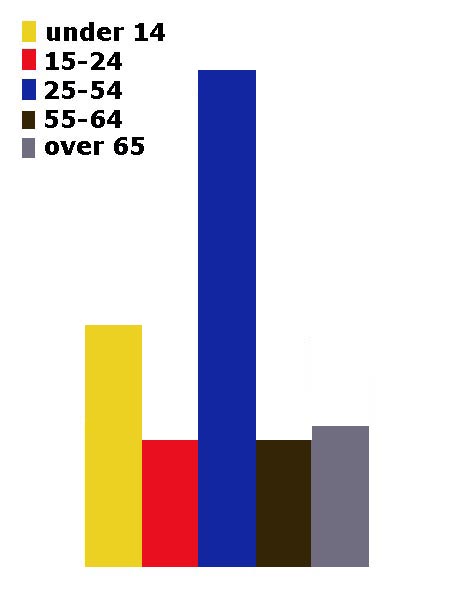
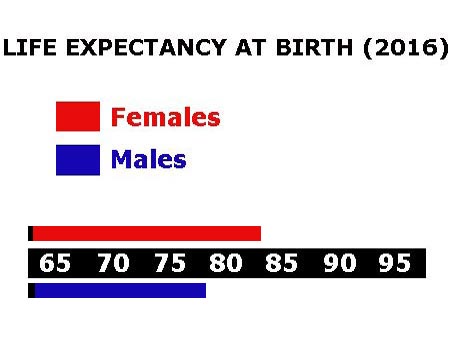

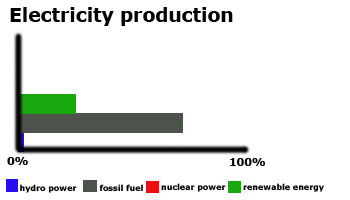

 They work in the following sectors.
They work in the following sectors.



